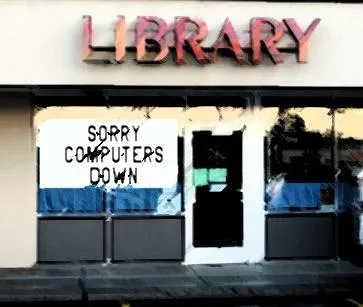Home Internet still eludes low-income Americans

The Guardian, a leading British daily, took a look at U.S. home Internet access and found that the digital divide is not merely visible, it’s glaring.
Using data from the Pew Research Center’s Internet Project & American Life Project, The Guardian found that “Among households with incomes of $30,000 and less only 54% have access to broadband at home...”
And, making points often revealed in Speed Matters, “According to Pew Research, one-third of those making less than $20,000 a year do not go online at all. Another third go online, but do not have internet access at home. Of those making $30,000 or less, 45% of mobile internet users go online mostly with their cellphones.”
For students, the lack of Internet means falling behind, going to the library, or searching public Wi-Fi locations like McDonald's. But, as The Guardian notes, “Oftentimes, the demand for computers in the library exceeds the number of devices available. As a result, public libraries require members to sign up for 30-minute windows in which they can use the computer.”
The article also quotes President Obama about the quality of Internet available in U.S. classrooms:
“South Korea has 100% of its kids with high-speed Internet. We've got 20%; South Korea 100%. In countries where – in a country where we expect free Wi-Fi with our coffee, why shouldn’t we have it in our schools?”
Connection failed: internet still a luxury for many Americans (The Guardian, Jan. 26, 2014)
Technology Adoption by Lower Income Populations (Pew Research Center’s Internet Project & American Life Project, Oct. 8, 2013)
CWA members oppose AT&T’s attempts to stop serving rural and low-income communities in California
CWA urges FCC to deny industry attempts to loosen pole attachment standards
CWA District 6 reaches agreement with AT&T Mobility



